How to Declutter Your Kitchen: Tips for a Organized Cooking Space

The kitchen is often the heart of the home, where meals are prepared, conversations happen, and families gather. However, it's also a space that can easily become cluttered and chaotic.
A disorganized kitchen can lead to wasted time, stress, and even a lack of desire to cook. If you're ready to transform your kitchen into a functional, organized, and inviting space, here are some practical tips to help you declutter effectively.
Table of contents
Disclaimer: Simplify may receive a small affiliate commission from purchases made via links in this article but at no cost to you.
1. Start with a Plan
Before diving into decluttering, take a moment to assess your kitchen and identify problem areas. Which countertops are most cluttered? Are your cabinets overflowing? Do you struggle to find specific items when you need them?
By identifying these issues, you can create a targeted plan for tackling the mess. Break down the process into manageable tasks, such as decluttering one cabinet at a time or focusing on a specific category of items, like utensils or pantry goods.
2. Clear Countertops and Surfaces
Countertops are prime real estate in the kitchen, and keeping them clear is essential for creating a functional workspace.
Begin by removing everything from your countertops. Sort through the items and decide what truly needs to be within easy reach. Store appliances you use infrequently in cabinets or pantries, and only keep essential tools and ingredients on the counter.
Consider using trays or containers to group similar items together, like coffee supplies or cooking oils, to keep things tidy. Here are some affordable storage ideas from Amazon:
4 Pack Magnetic Spice Storage Rack Organizer
Airtight Food Storage Containers with Lids
PUILUO Under Sliding Cabinet Basket Organizer
YouCopia StoraLid Adjustable Food Container Lid Organizer
Utopia Kitchen Clear Soda Can Organizer
3. Declutter Cabinets and Drawers
Cabinets and drawers often become catch-alls for miscellaneous items, leading to cluttered and inefficient storage. Start by emptying one cabinet or drawer at a time, sorting items into categories such as "keep," "donate," "trash," and "relocate."
Be ruthless in deciding what to keep—if you haven't used an item in the past year, it's likely time to let it go. To maximize storage space, consider using shelf risers, drawer organizers, or lazy Susans to keep everything visible and accessible.
4. Organize the Pantry
A well-organized pantry can make meal prep faster and less stressful. Begin by taking everything out of the pantry and grouping similar items together, such as canned goods, grains, and snacks. Check expiration dates and discard any expired or stale items.
Invest in clear containers or bins to store loose items like pasta, rice, or snacks, and label each container for easy identification. Arrange items on shelves by category, placing frequently used ingredients at eye level.
Vtopmart Clear Plastic Storage Bins
5. Streamline Your Utensils and Gadgets
Kitchens are notorious for accumulating a plethora of utensils and gadgets, many of which may be rarely used. Sort through your utensils and gadgets, and set aside duplicates or items you no longer use.
Keep only the essentials—think about what you use daily or weekly. Store frequently used utensils in a drawer with an organizer, and consider using a wall-mounted rack or magnetic strip to keep items like knives or spatulas within easy reach.
Kyraton Kitchen Utensil Rack
Modern Innovations 16 Inch Stainless Steel Magnetic Knife Bar
6. Create a Functional Workflow
An organized kitchen should support your cooking habits and make meal prep efficient. Arrange your kitchen in zones based on tasks, such as food prep, cooking, and cleanup.
Keep related items together in these zones—for example, store knives and cutting boards near the prep area, and keep pots, pans, and cooking utensils near the stove. This functional layout will save you time and reduce the need to search for items while cooking.
7. Maintain Your Organized Kitchen
Once you've decluttered and organized your kitchen, the key is maintaining it. Develop a habit of tidying up as you go, putting items back in their designated spots after use. Regularly clean out your pantry, fridge, and cabinets to prevent clutter from building up again. A quick weekly or monthly check can help you stay on top of any emerging mess.
8. Add Personal Touches
Finally, make your organized kitchen a space you enjoy spending time in. Add personal touches like a small plant, a favorite piece of art, or colorful dish towels to bring warmth and personality to the space. An inviting kitchen is more likely to inspire you to keep it clean and organized.
Conclusion
Decluttering your kitchen may seem like a daunting task, but with a clear plan and a focus on functionality, it can become a manageable and even rewarding project.
By keeping countertops clear, organizing cabinets and drawers, streamlining utensils, and creating a functional workflow, you'll create a kitchen that's not only organized but also a pleasure to cook in.
Remember, the key to a clutter-free kitchen is maintaining the organization over time, so be consistent with your efforts. With these tips, you'll be well on your way to enjoying a more functional and harmonious cooking space.












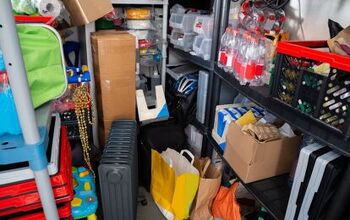
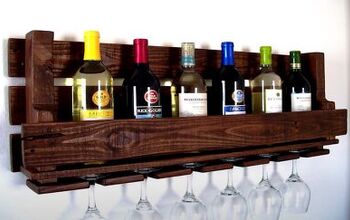


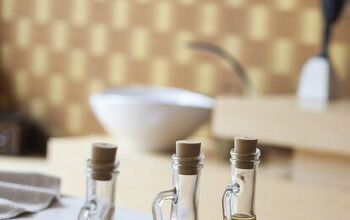

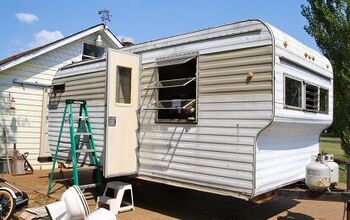





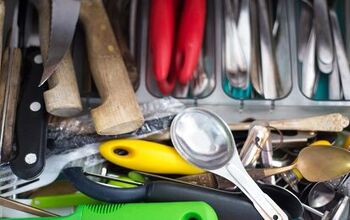




Comments
Join the conversation